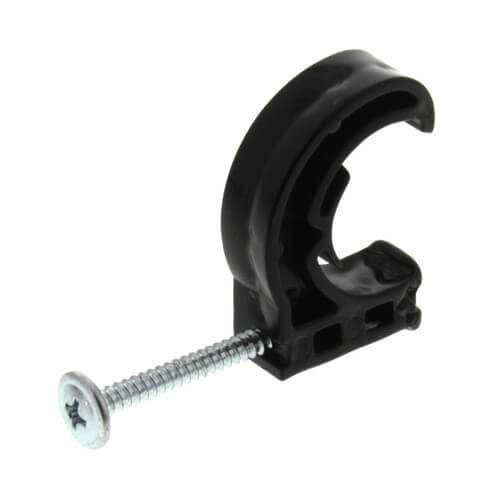TDawwg
New Member
Hi there!
I am remodeling my bathroom and I'm hoping to get a higher flow rate to fill our bathtub quicker. Currently we get about 5Gpm.
The pipes to our water heater are 3/4" Galvanized Steel, and there are 15 foot runs of 3/4" galvanized off the water heater before the pipes transition to 1/2" PEX at the bathroom group. The 1/2" PEX from the Galvanized to the tub is about 10 feet.
Now, my question is this: Do I need to replace the entire run (including the run to the water heater) to get the benefits of increased flow? Or do I only need to replace the 1/2" pex with 3/4" pex for that? Accessibility is not a problem, so I could replace the whole system after the water heater easily.
I guess I'm just struggling to understand what benefit a diameter increase will do at any point if the rest of the pipes are confined to 3/4"
Also, I plan to replace all the galvanized at some point, but would rather put it off if I don't need to do it now!
I am remodeling my bathroom and I'm hoping to get a higher flow rate to fill our bathtub quicker. Currently we get about 5Gpm.
The pipes to our water heater are 3/4" Galvanized Steel, and there are 15 foot runs of 3/4" galvanized off the water heater before the pipes transition to 1/2" PEX at the bathroom group. The 1/2" PEX from the Galvanized to the tub is about 10 feet.
Now, my question is this: Do I need to replace the entire run (including the run to the water heater) to get the benefits of increased flow? Or do I only need to replace the 1/2" pex with 3/4" pex for that? Accessibility is not a problem, so I could replace the whole system after the water heater easily.
I guess I'm just struggling to understand what benefit a diameter increase will do at any point if the rest of the pipes are confined to 3/4"
Also, I plan to replace all the galvanized at some point, but would rather put it off if I don't need to do it now!

